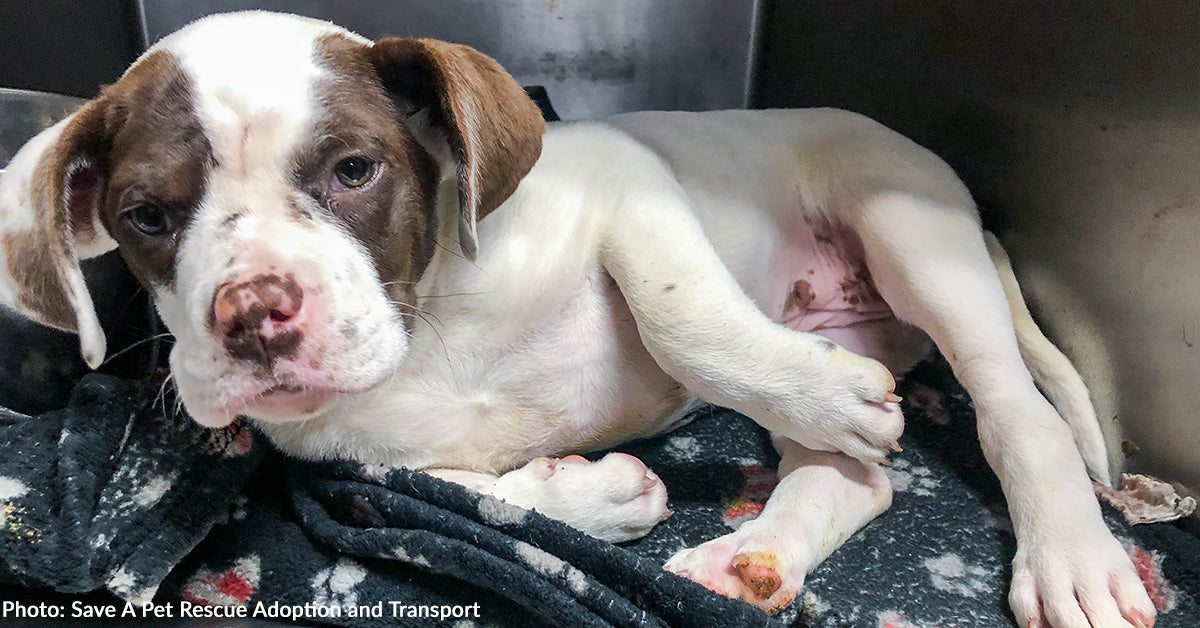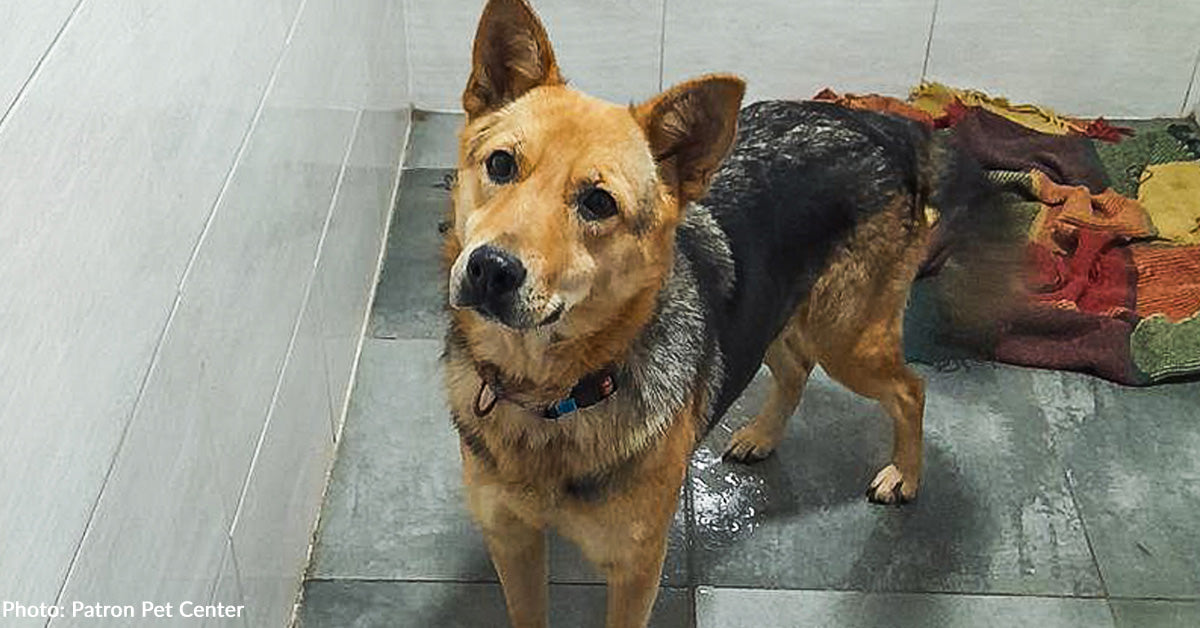Feline Friends: How Cats at Home can Bring Joy and Happiness to Your Life

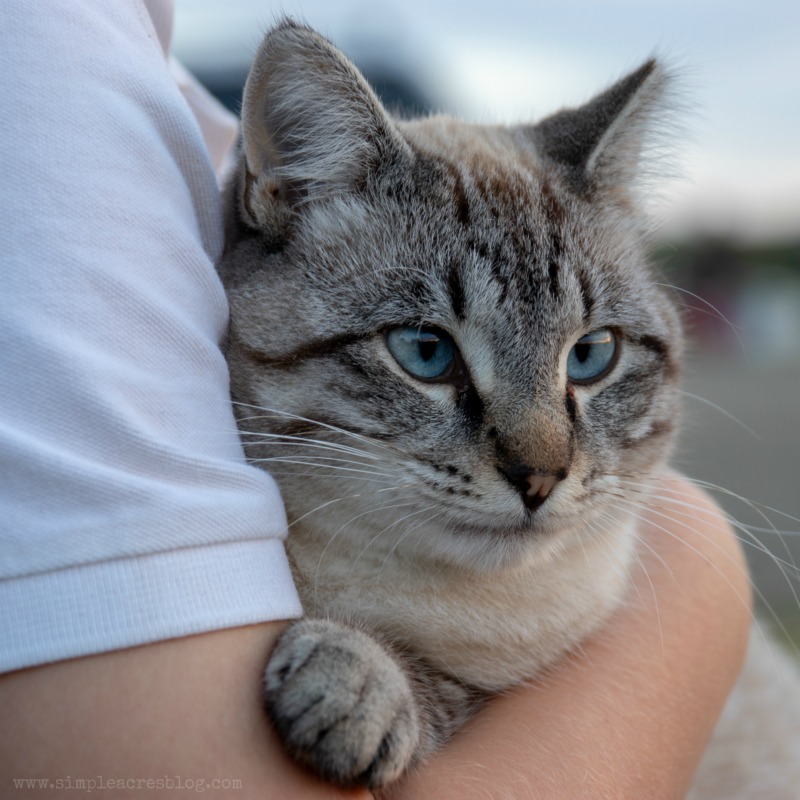
The Benefits of Having Cats as Pets
Companionship and Emotional Support
Cats offer an unparalleled sense of companionship that often surpasses traditional relationships. Their independent yet affectionate demeanor can turn a house into a warm home. Many cat owners share stories of how their furry friends are there during both good and bad times, curled up beside them during moments of joy or comfort during tough days.
- Emotional connection: Cats are sensitive to human emotions. They seem to know when their owner needs a little extra love.
- Nonjudgmental presence: A purring cat can easily soothe worries, providing a sense of belonging and acceptance.
Stress Reduction and Relaxation
The presence of a cat has been shown to significantly reduce stress levels. Engaging in simple activities with a cat—like stroking their soft fur or listening to their gentle purr—produces calming effects that are immensely beneficial.
- Lower cortisol levels: Studies have shown that interacting with cats can decrease the levels of stress hormones in the body.
- Enhanced mindfulness: Watching a cat play or even rest can encourage mindfulness, shifting focus away from stressful thoughts.
For many, cats are not just pets; they are essential companions that enrich life and provide both emotional and mental relief.

Understanding Feline Behavior
Communication through Body Language
Understanding your cat’s body language can greatly enhance your relationship with them. Cats communicate much through their posture, tail position, and even their ears. For instance, a cat with a raised tail is typically happy and confident, while a flicking tail may signal irritation.
- Ears forward: Curiosity or interest
- Slow blinking: A sign of trust and affection
- Puffed fur: Feelings of fear or aggression
Taking the time to observe these subtle cues can lead to a deeper connection and ensure a harmonious home.
Common Feline Behaviors Explained
Cats are complex creatures with behaviors that often puzzle their human companions. Understanding these behaviors helps in adjusting to their quirky personality.
- Kneading: Cats often knead with their paws as a comforting habit from kittenhood, signifying contentment.
- Grooming: Regular grooming is not only for hygiene but also a way for cats to self-soothe.
- Hiding: It’s common for cats to seek out cozy spots. This behavior is instinctual—offering security and warmth.
By recognizing and appreciating these behaviors, cat owners can provide the comfort and understanding their feline friends deserve.
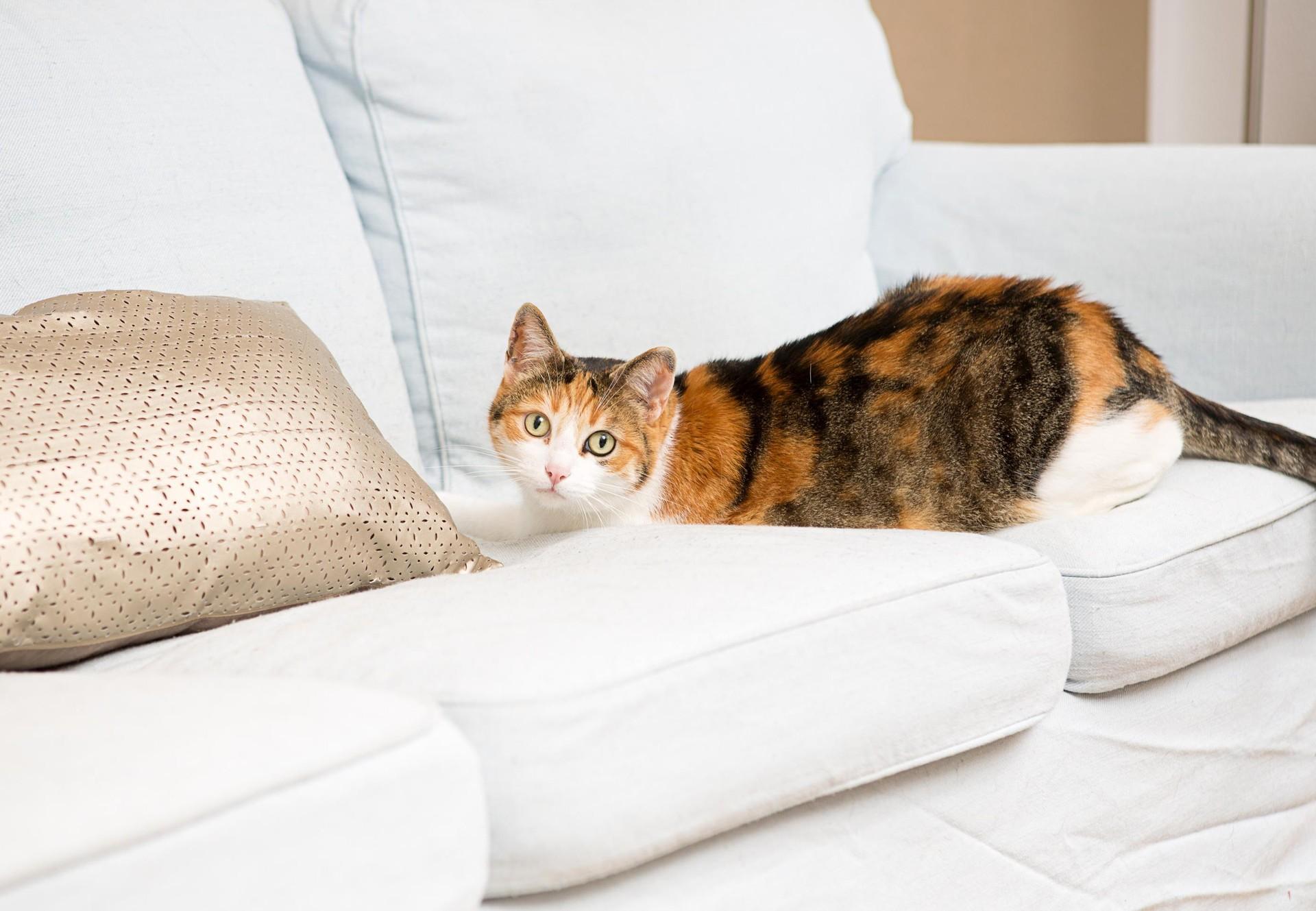
Creating a Cat-Friendly Home Environment
Providing Proper Nutrition and Hydration
Creating a nurturing environment for your feline friend starts with proper nutrition and hydration. Choosing the right cat food is essential for their health and energy levels. A balanced diet can improve their coat, increase their energy, and reduce health issues.
- High-quality protein: Look for foods with real meat as the first ingredient.
- Hydration options: Consider providing both wet and dry food to keep them hydrated, and always have fresh water available.
- Treats in moderation: Use treats sparingly to reinforce good behavior without overfeeding.
Every cat has unique nutritional needs, so consulting with a vet is beneficial.
Ensuring Physical and Mental Stimulation
Beyond nutrition, ensuring proper physical and mental stimulation is vital for a cat’s well-being. Cats are naturally playful and curious, so providing engaging activities can prevent boredom and stress.
- Interactive toys: Toys that mimic prey, like feather wands or laser pointers, encourage exercise.
- Scratching posts: Scratching not only keeps their claws healthy but also provides mental stimulation as they explore textures.
- Playtime routine: Setting aside regular play sessions can strengthen your bond and give your cat the attention they crave.
Creating a cat-friendly environment means tending to their physical health and mental happiness, ensuring they thrive in your home.
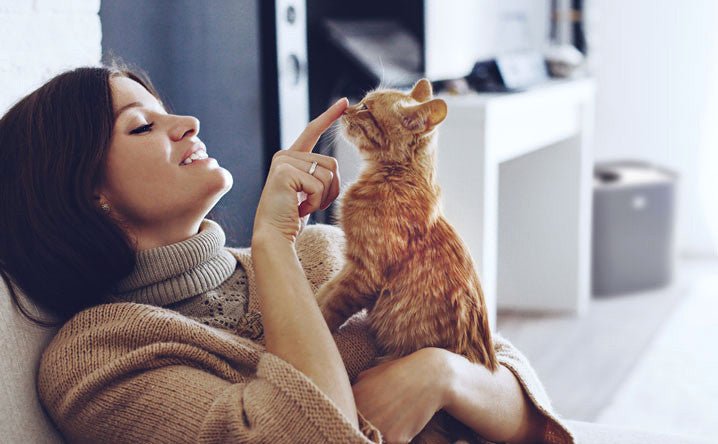
Health and Wellness of Cats
Regular Veterinary Check-ups and Vaccinations
Maintaining your cat’s health starts with regular veterinary check-ups and vaccinations. Routine visits can help identify potential health issues before they become serious problems. Most cat owners have experienced that moment of relief when their veterinarian confirms everything is fine during an annual checkup.
- Core vaccinations: Ensure your cat receives essential vaccines against diseases like rabies, feline distemper, and feline leukemia.
- Annual exams: These visits allow for weight monitoring, dental checks, and discussions about any changes in behavior or diet.
- Parasite prevention: Monthly treatments for fleas, ticks, and worms are crucial in maintaining an overall healthy cat.
Common Health Issues in Cats and How to Address Them
Despite the best care, cats can still face health challenges. Being informed about common health issues can empower owners to seek prompt treatments.
- Obesity: This can lead to diabetes and joint problems. Implementing a balanced diet and encouraging play can help manage weight.
- Dental disease: Regular brushing and dental check-ups can prevent many dental issues that exacerbate overall health.
- Kidney disease: It’s common in older cats. Monitoring water intake and introducing a kidney-friendly diet can be beneficial if detected early.
By committing to regular vet visits and being aware of health concerns, cat owners can protect their furry companions and ensure a long, healthy life.


